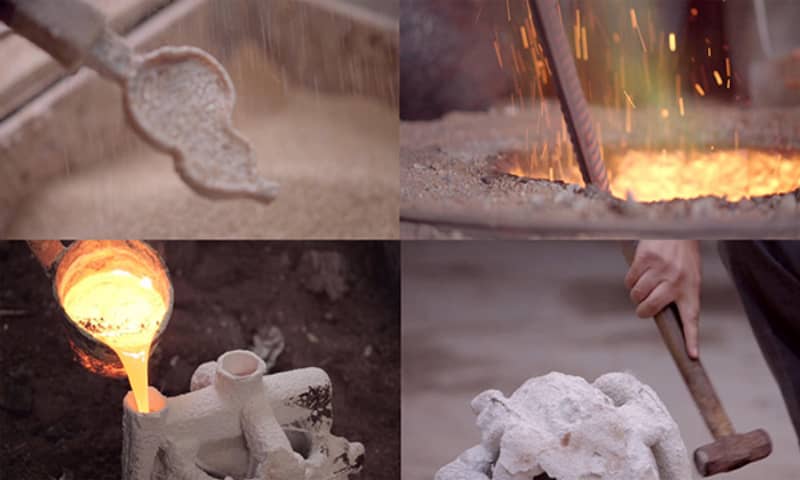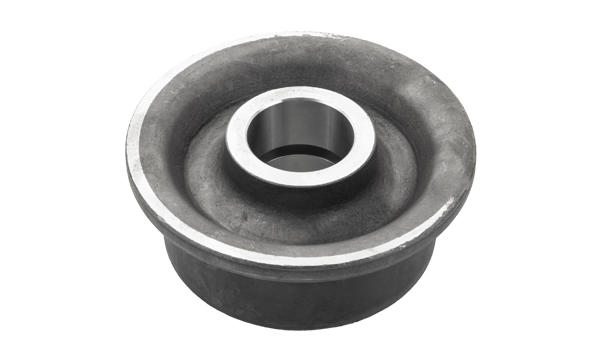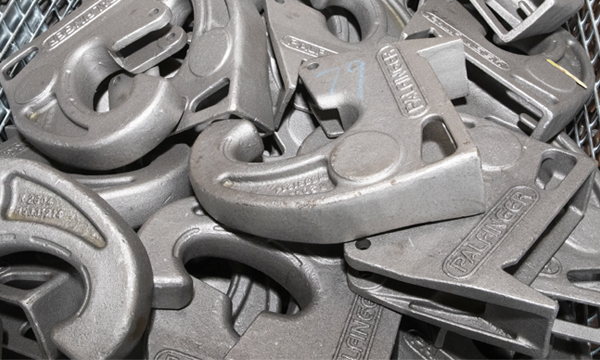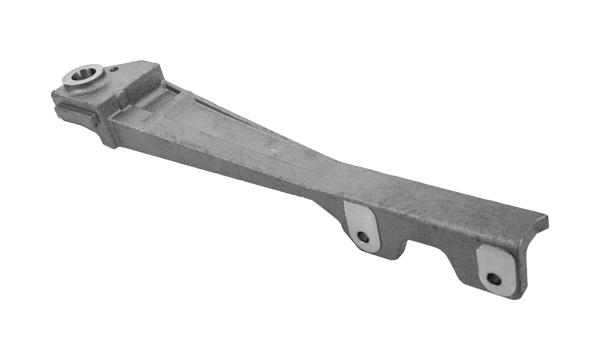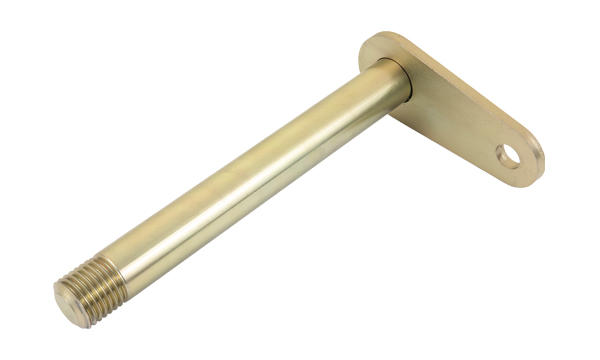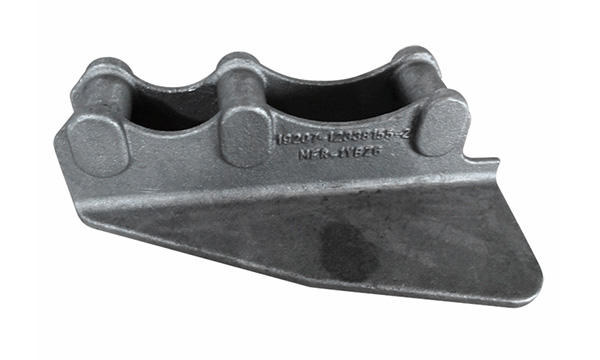Difference Between Investment Casting and Die Casting
Posted by Admin
When it comes to manufacturing metal parts, there are a variety of methods to choose from. Two popular options are investment casting and die casting. While both processes are used to make metal parts, there are some key differences between them. In this blog, we will explore the differences between investment casting and die casting and discuss the advantages and disadvantages of each method.
Investment casting, also known as lost wax casting, is a process that has been used for centuries. It involves creating a wax mold of the part to be produced, coating it with a ceramic shell, and then melting the wax out of the mold. The molten metal is then poured into the hollow ceramic shell to form the final part. This method is ideal for creating complex shapes as well as thin-walled parts. Investment casting is commonly used in the aerospace, automotive and healthcare industries.
Die casting, on the other hand, is a process in which molten metal is poured into a steel mold (called a mold) under high pressure. Once the metal solidifies, the mold is opened and the part is ejected. Die casting is known for its high dimensional accuracy and smooth surface finish. This method is typically used to produce large quantities of small to medium-sized parts, such as components for the consumer electronics, automotive and lighting industries.
One of the main differences between investment casting and die casting is the level of sophistication that can be achieved. Investment casting’s ability to produce highly complex parts with precise details and thin walls makes it a popular choice for applications requiring complex designs. Die casting, on the other hand, is better suited to producing parts with simpler geometries and thicker walls, but with greater dimensional accuracy and tighter tolerances.
Another major difference between the two methods is the surface finish of the final part. Investment casting produces parts with a smooth surface finish, while die casting can produce parts with a more textured surface. Depending on the intended application, this difference in surface finish may be the deciding factor in choosing between investment casting and die casting.
When it comes to material selection, both investment casting and die casting offer a wide range of options. Investment casting can be adapted to a variety of metals, including aluminum, steel and titanium, while die casting is typically used for non-ferrous metals such as aluminum, zinc and magnesium. Material selection depends on the specific requirements of the part, including strength, weight and corrosion resistance.
While both investment casting and die casting have their own advantages and disadvantages, it’s important to consider the specific needs of your project when choosing a manufacturing method. Investment casting is capable of producing complex parts with a smooth surface finish, making it suitable for a wide range of applications. Die casting, on the other hand, is a cost-effective method of producing large quantities of parts with high dimensional accuracy and tight tolerances.
In summary, both investment casting and die casting are valuable manufacturing methods with their own unique capabilities. Understanding the differences between these two processes is critical to making informed decisions about which method is best for a specific project. By considering factors such as part complexity, surface finish, material selection and production volume, manufacturers can choose the method that best meets their specific requirements.


